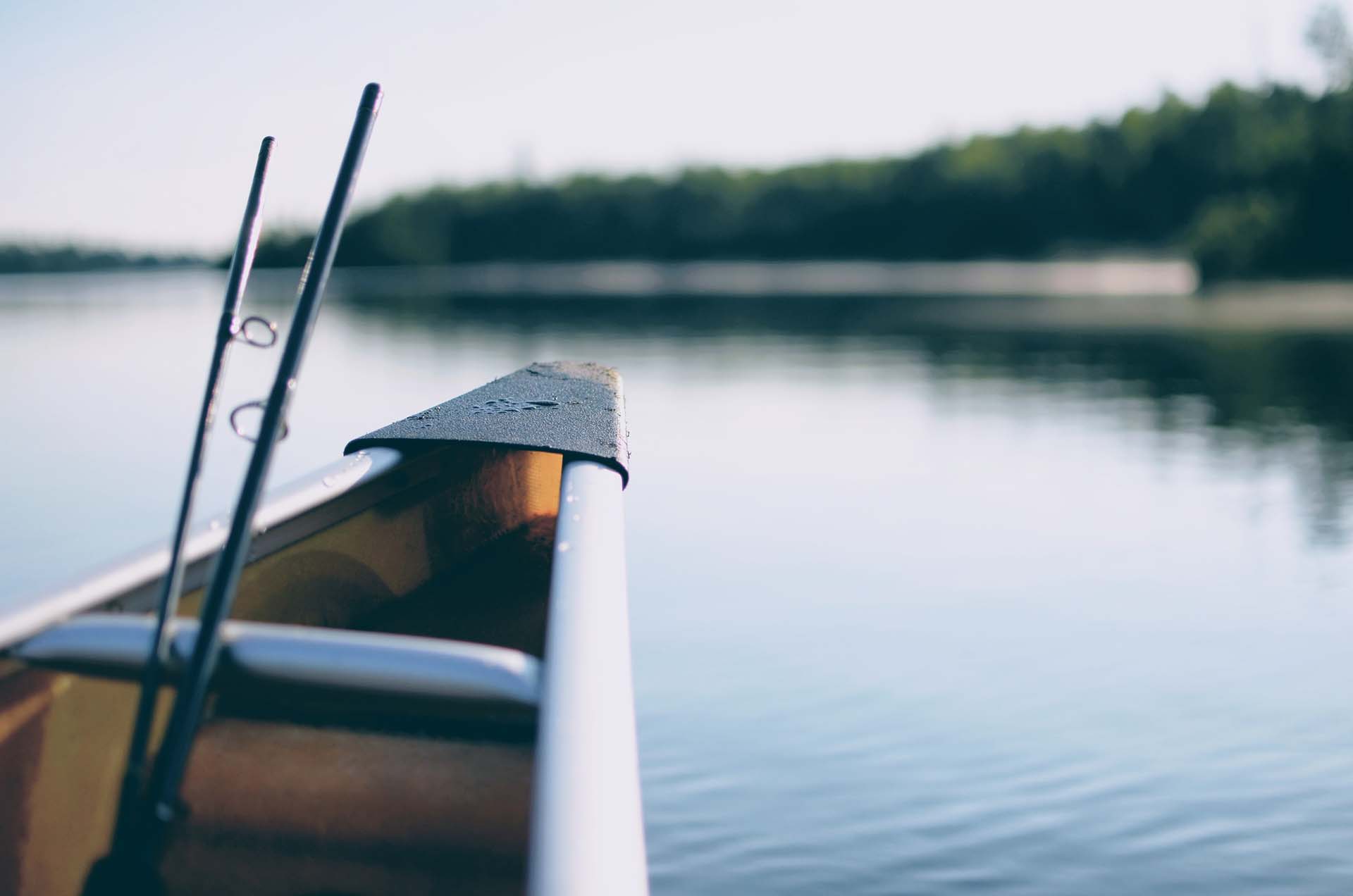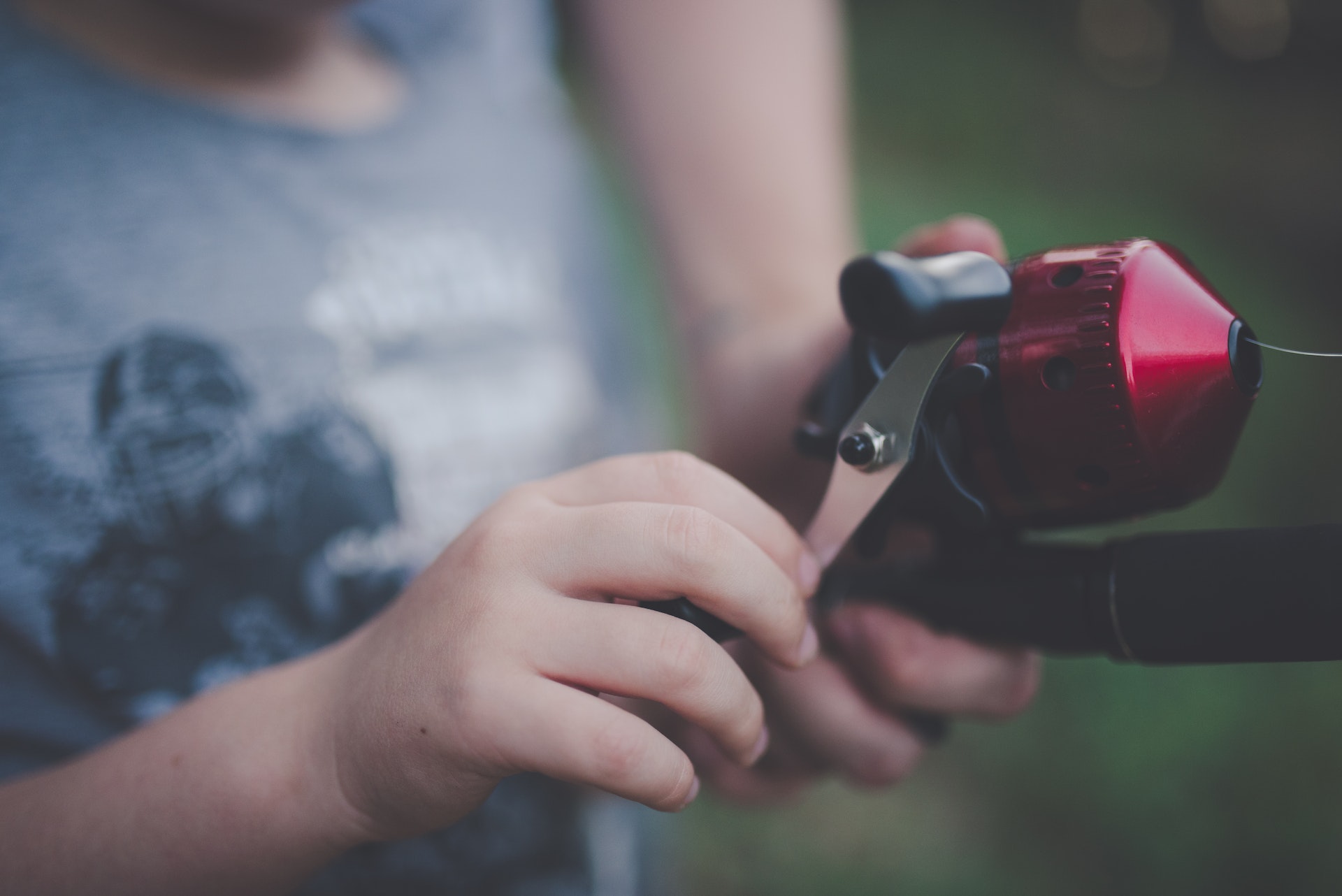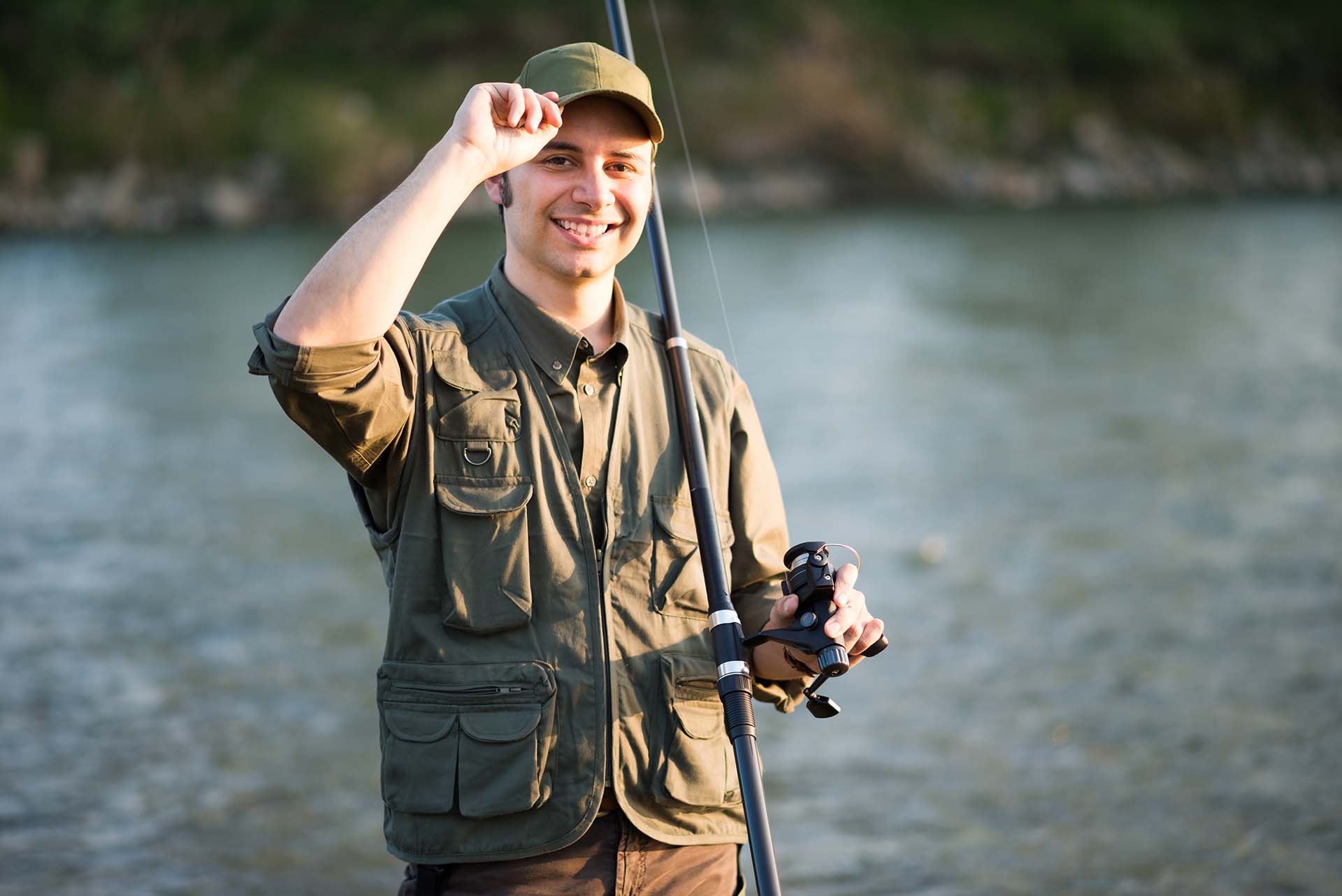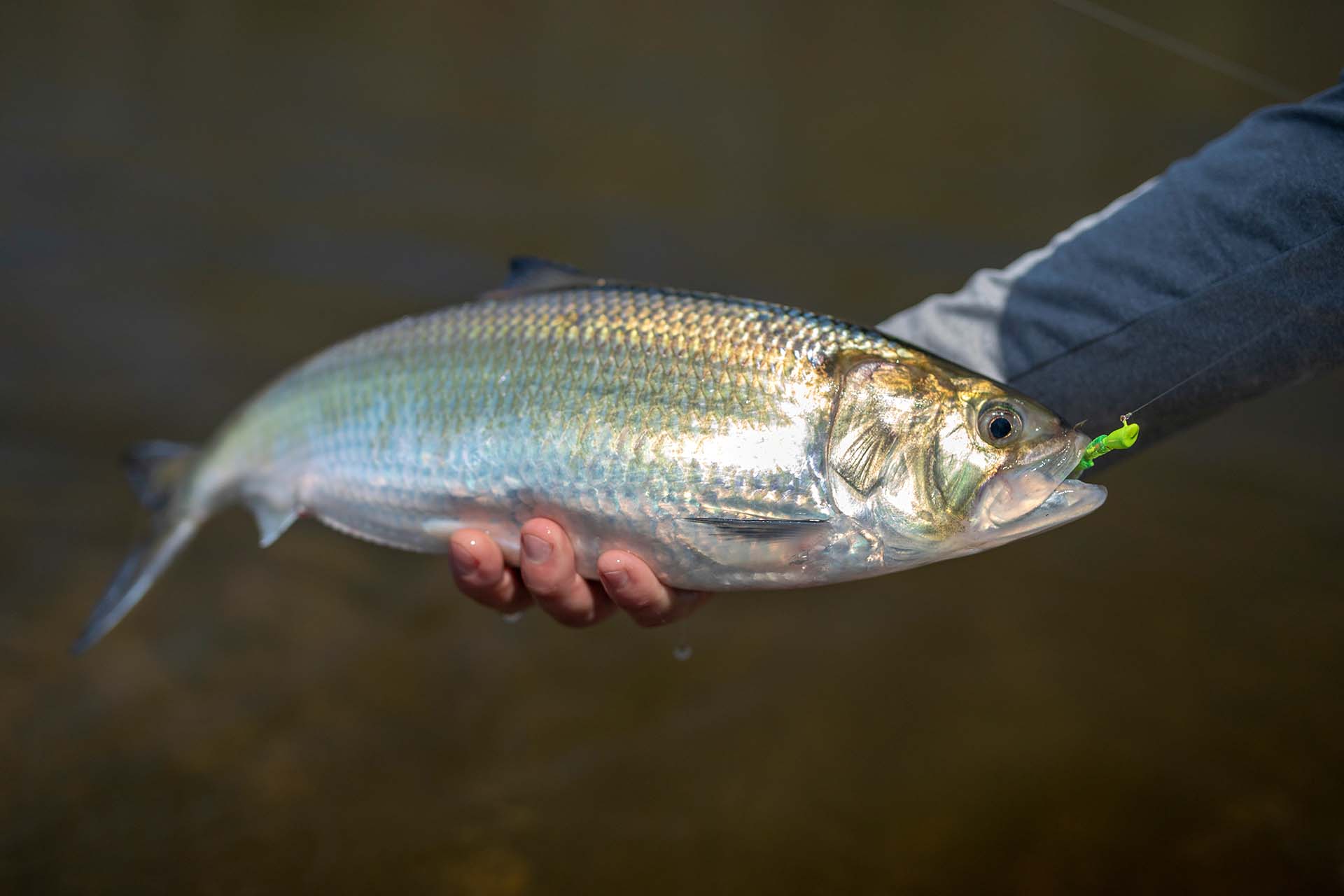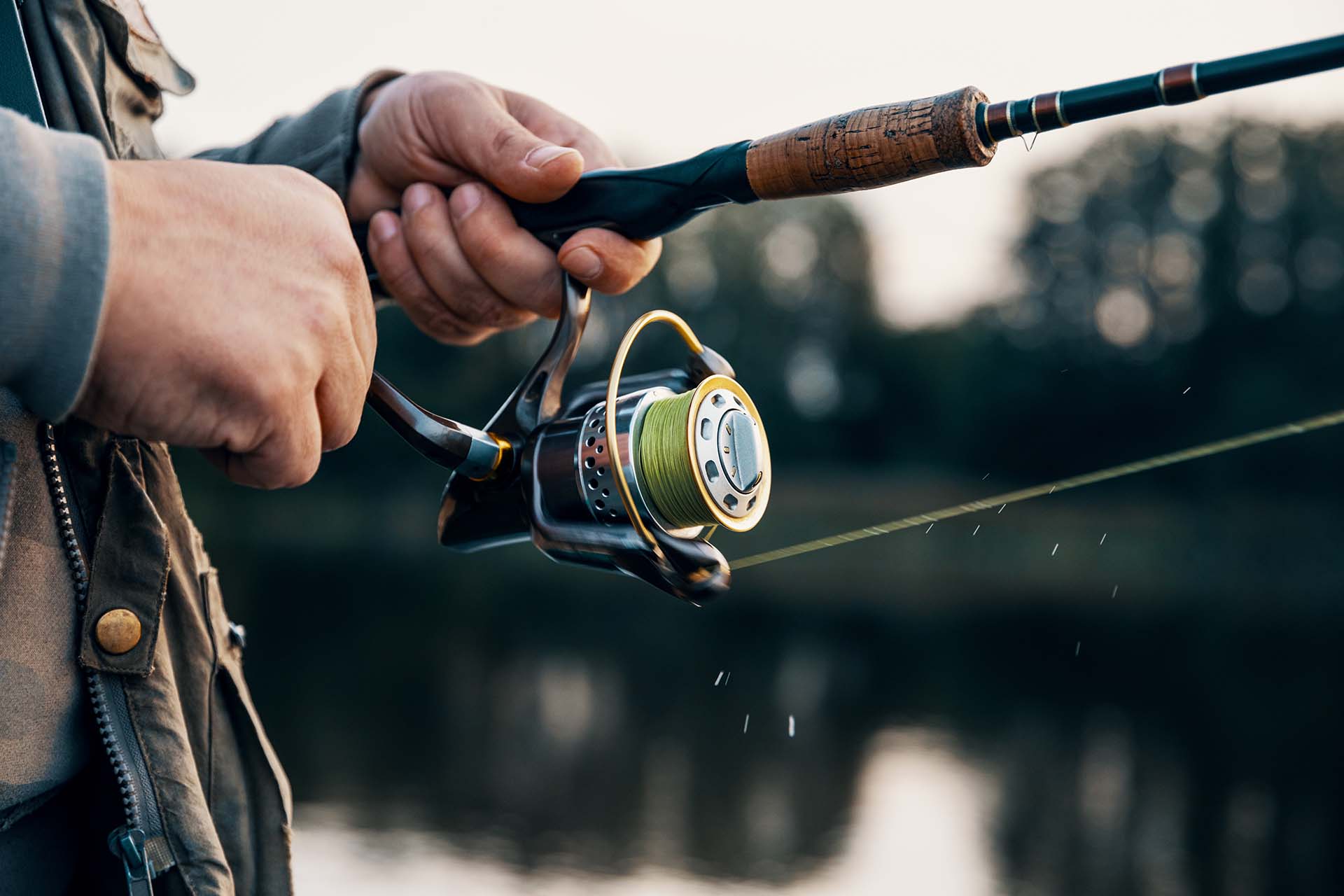The serene beauty of a calm sea can, without warning, transform into a tempestuous battleground. This is where the emergency beacon lights enter the picture to save the day. As vital as a trusty rod or a well-tied knot, these beacons stand as vigilant guardians, ready to pierce through the thickest fog and the darkest night. Let’s take a look at why these lifelines are indispensable allies in the unpredictable world of fishing.
What Are Emergency Beacon Lights?
Believe it or not, fishing isn’t all serene sunsets and gentle waves. According to estimates from the International Labour Organization (ILO), the unforgiving nature of the sea claims the lives of up to 24,000 fishermen annually.
Such staggering figures underscore the importance of staying safe when fishing on a boat. It’s not only about having a high-quality life jacket by your side but other safety gear as well, particularly those that are used to signal for help.
How Do Beacon Lights Work?
If you’re in the process of gathering gear and different tool kits for boats, you might be left wondering – what is an emergency locator beacon? Well, it’s an essential safety device, but to truly understand their importance, you need to know what makes them tick. Let’s shed some light on their inner workings:
- They are typically activated manually or automatically upon immersion in water, immediately signaling distress,
- Once activated, they transmit a powerful signal that can be detected by rescue services, even in harsh weather conditions,
- Designed to be highly visible, they often feature bright, flashing lights or strobes that cut through fog and darkness,
- Built to withstand tough sea conditions, they are waterproof, floatable, and resilient against impacts,
- They are equipped with long-lasting batteries, ensuring they remain operational until rescue arrives.
What Is the Role of These Devices in Maritime Safety?
As you can clearly gather by now, these devices are a critical link when it comes to sea rescue operations. Whether it’s a sudden storm or an unexpected equipment failure, they ensure that an SOS call doesn’t go unheard, bridging the gap between danger and safety.

Shapes and Sizes – What Are the Most Common Types of Emergency Beacons?
Just like the fish in the sea, these devices come in an array of shapes and sizes, each with its own unique set of features. From compact personal beacons to larger, more robust units, the variety is as vast as the ocean itself.
Let’s break down the most common types, giving you a clear view of what’s out there in the market:
| PLBs (Personal Locator Beacons) | Compact, portable devices designed for individual use, sending out a distress signal to a worldwide network of satellites |
|---|---|
| EPIRBs (Emergency Position-Indicating Radio Beacons) | Larger beacons typically mounted on boats, activated upon contact with water and transmitting a distress signal |
| SARTs (Search and Rescue Transponders) | Devices that respond to radar signals with additional signals, enhancing the visibility of a life raft or vessel |
| Strobe Lights | Bright, flashing lights that are used to attract attention during low visibility conditions, particularly effective at night or in fog |
| LED Flares | Modern alternatives to traditional flares, they are reusable, eco-friendly, and provide long-lasting visibility |
What Are the Different Color Beacon Lights?
Each hue flashing through the waves carries its own message, a coded signal in the language of nautical emergencies. The vibrant red, for instance, is universally recognized as a distress signal, a call for immediate help. Meanwhile, amber or yellow lights often indicate caution, perhaps signaling that there’s some form of work or operation in progress. And what does a blue beacon light mean? Well, it signals the presence of law enforcement or other official vessels.
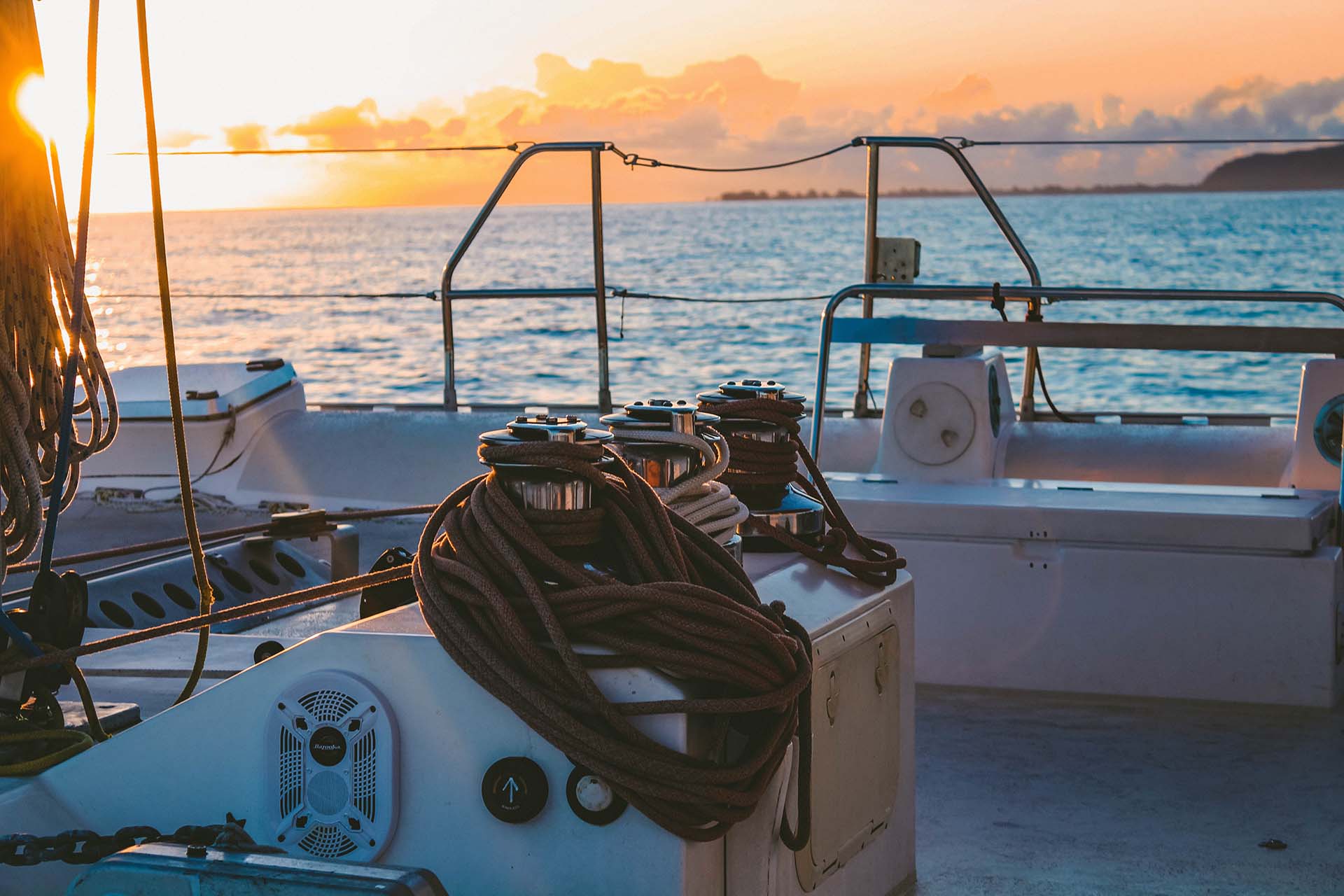
Choosing the Right Light for Your Vessel – Main Factors to Take Into Account
When it comes to selecting the perfect emergency light for your fishing boat, it’s a bit like picking the right lure – there’s more to it than meets the eye. It’s not just about what shines the brightest or looks the most durable. Instead, it’s about understanding the nuances around being the perfect fit for your maritime adventures.
Let’s navigate through the key factors you should consider, ensuring your choice shines the path to safety and reliability:
Battery Life
First things first, beacon battery life. Imagine this – you’re out at sea, the sky is darkening, but you’re willing to try out your luck with some nighttime fishing. However, your light is as drained as your energy after a long day. Not ideal, right?
That’s why battery life is crucial. A gadget with a long-lasting battery ensures that you’re covered throughout your journey, no matter how far or long you venture. It’s the peace of mind knowing that when you need it most, this device won’t be snoozing.
Durability of the Device
The sea is no place for delicate gadgets. The device you choose should be the rugged, all-weather friend that can withstand not just a splash, but a full-on storm. Durability means resistance to water, shock, and possibly even the seagull that decided your light looked like a parch. All in all, you want high-quality, water-resistant beacon lights that are as tough as the conditions they may face.
Range of the Device
Finally, there’s the range. This isn’t about how far you can cast your line, but how far your beacon’s signal can reach. The range is a critical factor, especially in vast open waters. A device with an extensive range ensures that your distress signal can reach far and wide, increasing your chances of being detected by rescue teams or passing vessels. It’s like casting a wider fishing net for safety, ensuring help can find you, no matter where you are on the vast blue canvas.
Finding the Best Emergency Locator for Boats – A Few of My Personal Favorites
While keeping up with the aforementioned considerations, it might still be difficult to navigate through the vast sea of options available on the market. Because of that, I want to share a few of my personal favorites, each with its own unique charm:
- Gear Gurus 3-Pack Kit – a comprehensive kit that includes a storage bag with batteries, gloves, and a screwdriver for installation,
- Twinkle Star LED Emergency Flares – a high-quality device with three different flash models and a super wide range,
- Ecoangel USB Rechargeable Emergency Lights – this device is rechargeable, so you don’t have to worry about having batteries at all times.

How to Install and Place This Device to Ensure Vessel Compliance
Having the best device in the game is a bit like snagging the fanciest fishing gear. It’s top-notch, sure, but if you don’t rig it up right, it’s about as useful as a bicycle underwater. Proper installation and placement are key to making sure your light does its job when you need it most.
Here’s a step-by-step guide to getting your emergency locator up and running:
- Start by thoroughly reading the manufacturer’s instructions, as each device can have its unique quirks and requirements,
- Place the gadget where it’s easily accessible in an emergency, yet protected from accidental damage, such as near the helm or in the cockpit,
- Use the mounting bracket provided to secure the device and ensure it’s done vertically for optimal signal transmission,
- Ensure the device has a clear view of the sky for unobstructed signal transmission,
- If your device has automatic water activation, carefully test this feature according to the manual’s instructions,
- For devices that require GPS connectivity, make sure they are correctly linked to the vessel’s GPS system for precise location tracking,
- If your device requires registration (like EPIRBs), make sure the information is up to date with the relevant authorities.
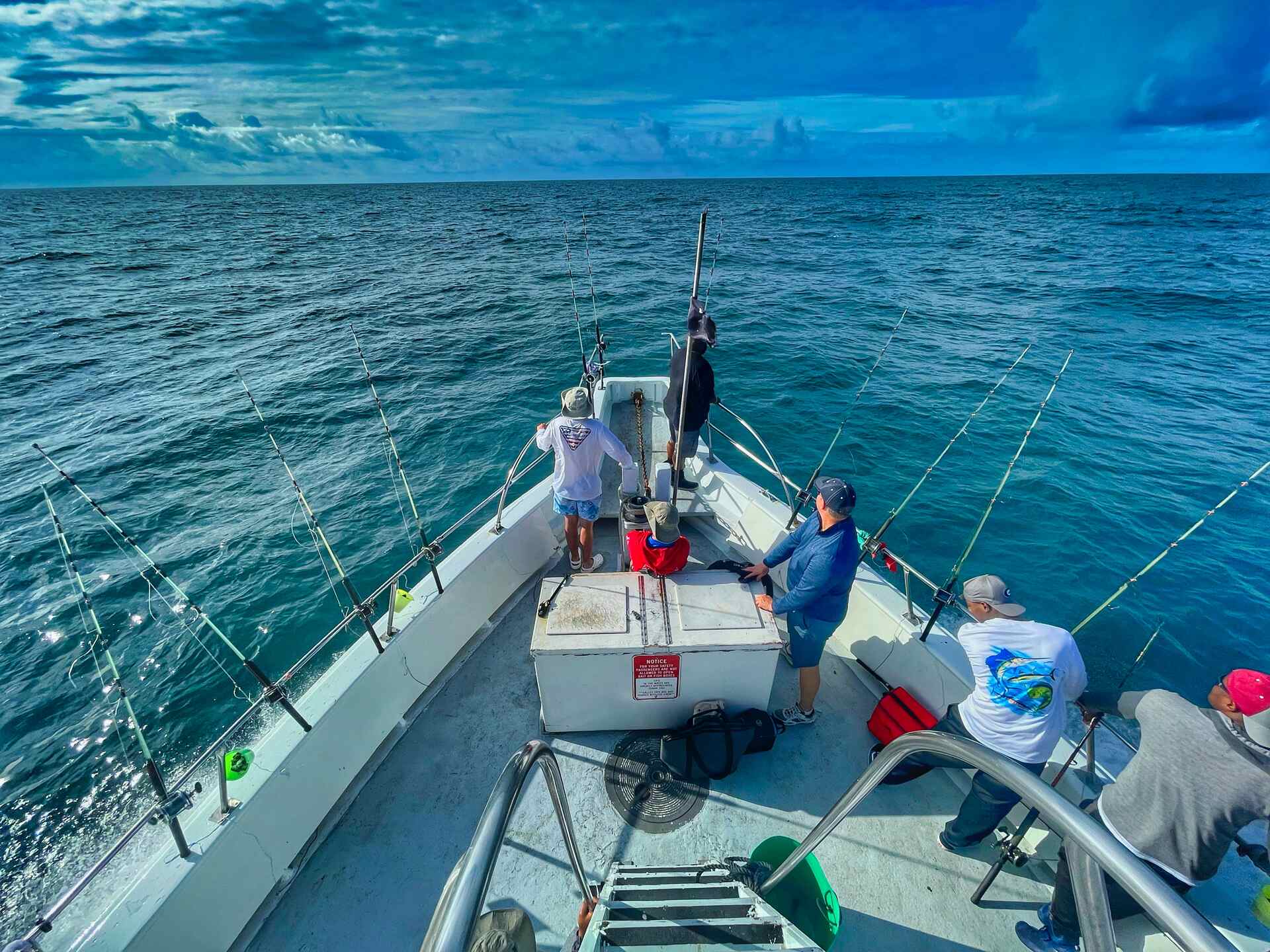
Beacon Light Maintenance – Keeping Your Lifesavers in Shipshape
Just like keeping your fishing hooks sharp and your lines untangled, maintaining your emergency signal devices is a crucial part of the whole ordeal. Regular maintenance ensures these gadgets are not just along for the ride but are primed to perform when the going gets tough.
How to Test and Maintain Your Emergency Light to Adhere to Fishing Safety Regulations
Before you set sail, let’s make sure your beacon light is more than just a decorative piece. As was just mentioned, testing should be done by following the manufacturer’s guidelines. This process usually involves checking the light and battery strength indicators. As for maintenance, here are a few handy tips:
- Regularly inspect the devices for any signs of wear and tear, such as cracks or corrosion, especially after rough voyages,
- Keep the beacon clean and dry by wiping it down with a dry cloth after exposure to saltwater or moisture,
- Store the beacon in an easily accessible yet secure location, protected from extreme temperatures and direct sunlight.
Common Issues and Troubleshooting Tips
When it comes to troubleshooting, the solutions are often straightforward but crucial. If the light appears dim or isn’t functioning, the first port of call is usually the battery. A simple battery replacement can often bring the gadget back to full brightness.
For cases where the light refuses to turn on, a visual inspection for any obvious damage is a good start. If nothing seems amiss, the manufacturer’s manual can be a treasure trove of troubleshooting guidance. Last but not least, for issues related to signal transmission, ensuring that the beacon has an unobstructed view of the sky can often resolve the problem. If these steps don’t fix the issue, it might be time to seek help from a professional.

Sea Survival Gear & Guide – Training and Best Practices for Fishing Vessel Safety
Navigating the vast and unpredictable waters requires more than just a well-equipped fishing boat – training is the backbone of maritime safety. It should encompass not only the use of survival gear but also an understanding of the nuances of sea behavior, weather interpretation, and emergency response.
Integrating beacon lights into regular safety drills and routines is a pivotal part of this training. These drills should include scenarios where the devices are activated and utilized, ensuring every crew member is familiar with their operation. This practice turns emergency response into a reflex, embedding it into the muscle memory of you and your fishing buddies who like to embark on the adventure as well.
Wrapping up With a Bright Safety Note and a Beacon of Hope
We’ve navigated the waves of understanding these crucial safety gadgets, from picking the perfect one to keeping it in tip-top shape. So, whether you’re a weekend angler or a seasoned sea wolf, make space on your vessel for this essential device. After all, when you’re out there enjoying the sea’s embrace, it’s comforting to know there’s a beacon of hope shining steadfastly, just in case you need it.

